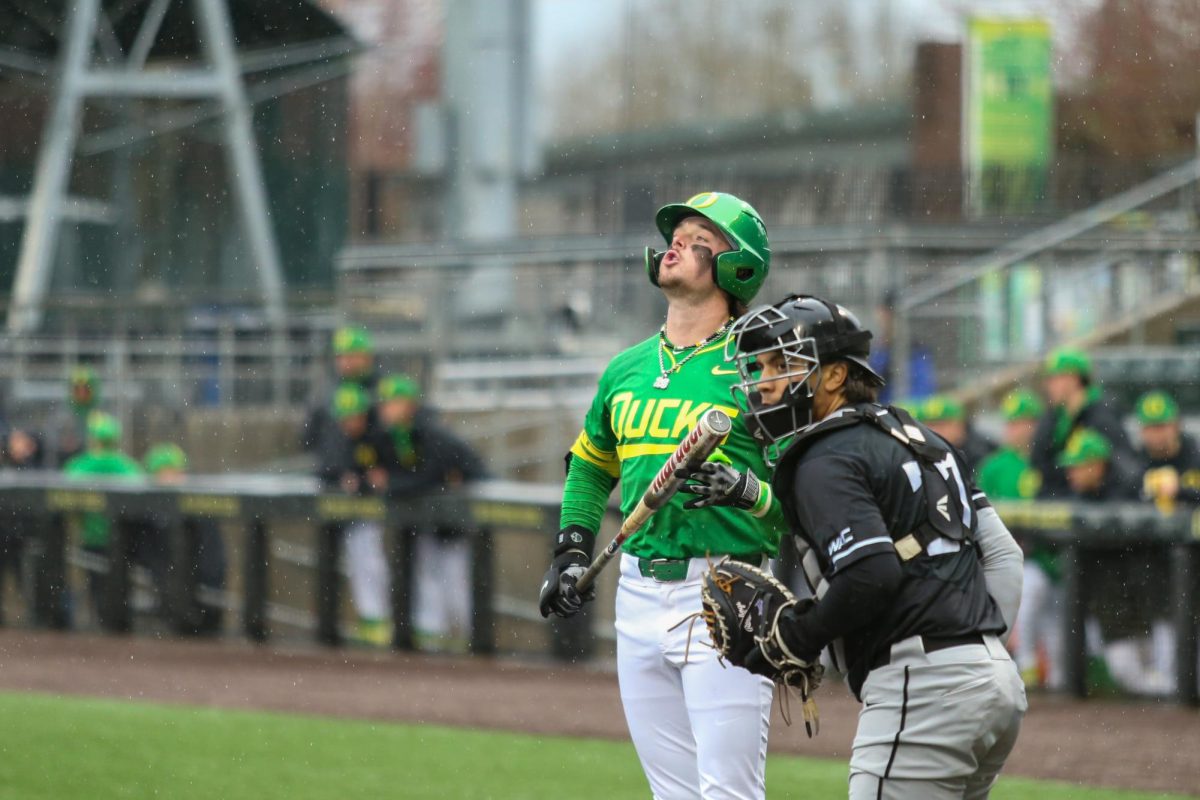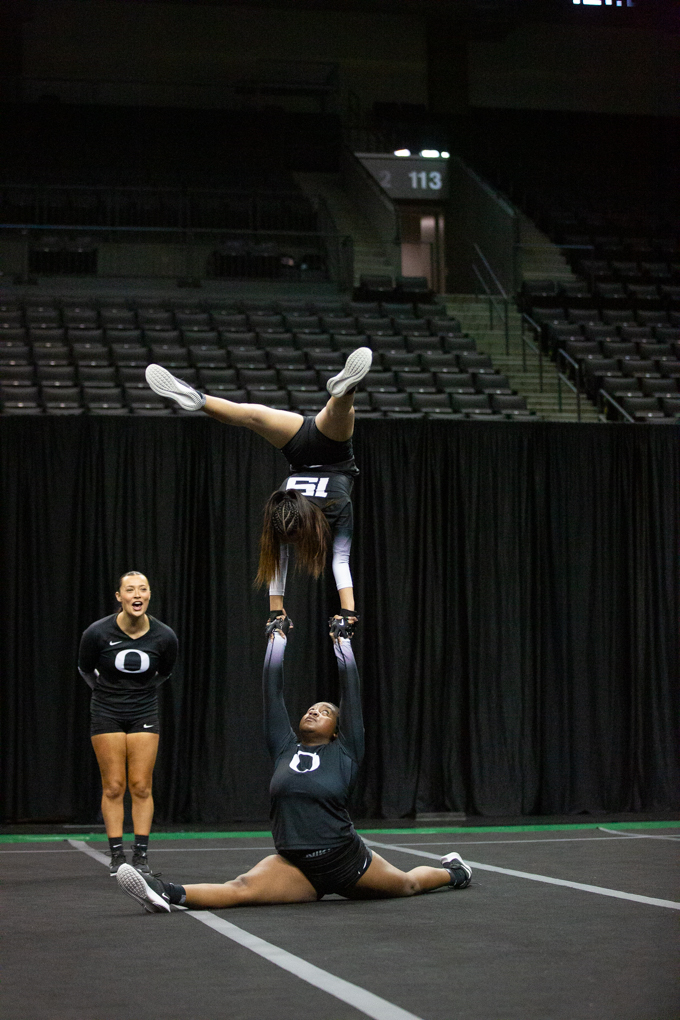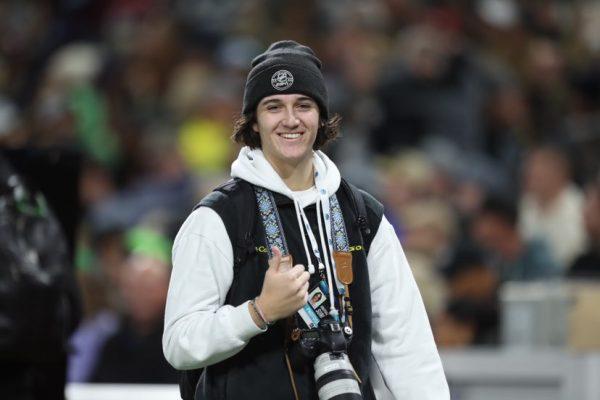Legendary USC and Seattle Seahawks coach Pete Carroll often said that you can only win the game in the fourth quarter.
He’s right, but that doesn’t mean that the other three quarters don’t matter. For Oregon head coach Dan Lanning, there’s another important period.
“We had the ball twice before the half and we didn’t score,” Lanning said after the Ducks’ 24-14 win over Idaho. “We had an opportunity to kick [a field goal] — didn’t make the kick — didn’t score in the middle eight. Generally that’s something that we’ve done well.”
The “middle eight” Lanning refers to is the final four minutes of the second quarter combined with the first four minutes of the third quarter. A score either immediately before or after the half seizes momentum for the team — especially if it’s a vital gain.
In 2023, the Ducks scored within the “middle eight” in all but one game — at Utah, where they were already leading 21-6 at halftime.
In the first of Oregon’s two losses to the Washington Huskies last season, the Ducks scored a field goal with 2:04 left on the clock before the half — but after intercepting Michael Penix with 55 seconds to run and driving to the 3-yard line, they eschewed a second kick and subsequently failed a 4th-down rushing effort. The Ducks lost the game by three points.
A score in the middle eight does not guarantee a win. In the Ducks’ second loss to the Huskies in the Pac-12 Championship, Bo Nix led a 90-second, 75-yard touchdown drive that left Washington with just nine seconds on the clock. Oregon even held the Huskies scoreless in the third quarter, but Carroll would be proud of them — Washington won that game in the fourth.
Issues in the middle eight are what plagued the Ducks in their Week 1 win over Idaho. It didn’t matter that a stout Oregon defense held the Vandals scoreless in the first half. An offense that couldn’t finish drives fumbled and then couldn’t move downfield in a two-minute scenario to end the half. After the break, the Ducks continued to sputter — back-to-back drives produced a three-and-out and a turnover on downs.
“It’s something that we want to be really good at — we talk about the middle eight all the time,” Lanning said after a fall practice. “Just being able to score at the end of the half and potentially start with the ball in the second half and a good drive is something that we want to be good at, but it’s a good thing for us to improve right now.”
The Ducks struggled to separate once again with Boise State in Week 2 — even if it got a little better. Dillon Gabriel tossed a one-play touchdown to Evan Stewart with 9:28 left in the second quarter. From there? Three drives went punt, punt, kneel down. Gabriel found Traeshon Holden on a slant that went 59-yards to the house with 9:09 left in the third, but even that only tied the game.
“I remember vividly, there was a time in the Boise game where we emphasized, ‘Let’s win the middle eight,’” Oregon offensive lineman Marcus Harper II said. “We didn’t have the ball coming out of the half, but you can widen the gap in the game if you win the middle eight.”
Against Oregon State, the Ducks improved again. Despite possessing the ball for just 8:59 in the first half, they scored three times before the break, including a third touchdown just outside the middle eight. If not for a controversial roughing-the-passer penalty that handed the Beavers their 1st-and-goal, Oregon likely would’ve won the period.
With the conference schedule ahead of them, it’ll be the middle eight that allows the Ducks to pull away from opponents and gain slight advantages over others. It’ll be one of a few places where — although they can’t win the game — they’ll be able to seize control.
How about that, Pete?











